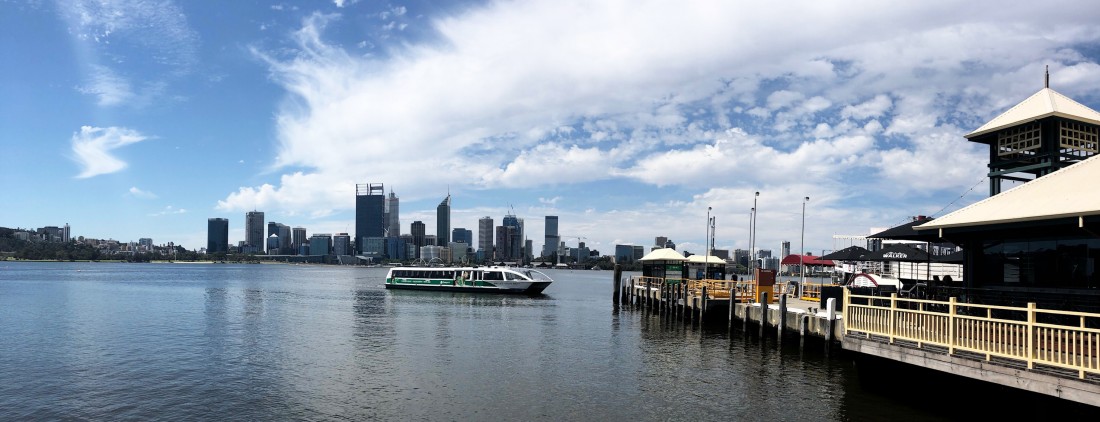Design Innovations for Seniors Living
The aged care sector is benefiting from a wave of design and building innovations aimed at overcoming many of the traditional challenges that have held the sector back. At KPA Architects we are constantly investigating these new innovations, and we encourage our clients to do the same and implement them into their developments.
Design and building innovations can range from spatial arrangements to Building Management System (BMS) technology; from something simple like turning a nurse office into an open nook, to complex security and maintenance systems.
Three examples at recent projects designed by KPA Architects illustrate this.
The Keren Or Centre alterations at Maurice Zeffert Home were undertaken amongst a fully operational aged care home. The works involved the modification of an existing connecting corridor and the addition of four new bedrooms with ensuites. With works in the middle of the facility, a well thought-out design with great lines of communication was established between all stakeholders throughout the project. Complex situations of fire safety and systems, connections between the existing and new, and site access all required a team effort to overcome with innovative solutions. This ensured staff and residents were safe during construction and resulted in a smooth transition at completion.
At the Koh-I-Noor Contemporary Aged Care project the interior colours, patterns and imagery were drawn from nearby natural landmarks like Perry Lakes, Bold Park and Kings Park. This provides a sense of place and help residents recall memories. Each wing is named after landmarks, and from these defined wing names the KPA team designed custom imagery as a wayfinding tool throughout the building, which doubles as bespoke artwork.
Bethanie Gwelup is a campus style development that connects retirement and aged care living on the same site. An Integrated Extra Low Voltage System (IELVS) was introduced to amalgamate the independent living and aged care buildings, which are traditionally separated, into one smooth-running site. Residents of the independent living apartments can directly access services when needed without having to leave their home, such as ordering dinner from the kitchen and having it delivered.
The IELVS also monitors emergency and security controls and building equipment maintenance to identify malfunctions and automatically distributes work orders. This innovative technology was recognised by the Property Council of Australia and received the ‘Award for Innovation’ at the 2017 Property Council National Retirement Living Awards.
The aim of these innovations is to put the interests of aged care residents first by reducing the operational workload on staff and ensuring more direct personal care is provided to residents.





























